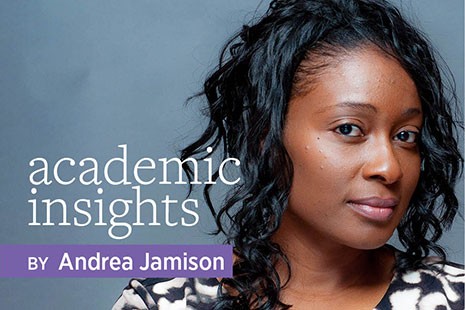 Academic Insights by Andrea Jamison
Academic Insights by Andrea Jamison
Diversity is a core value within librarianship, yet its practical application in library collection development policies can often be vague. Academic libraries, particularly those supporting Library and Information Science (LIS) programs, play a crucial role in modeling best practices for future librarians. A recent study examining collection development policies in universities with American Library Association (ALA)-accredited LIS programs offering children’s services concentrations reveals a critical insight: while many policies mention diversity, their lack of specificity and integration may hinder the creation of truly diverse and equitable collections.
The research, conducted as part of a dissertation in 2020, analyzed whether these policies demonstrated clear messages of diversity and how well they aligned with ALA’s “Diversity in Collection Development: An Interpretation of the Library Bill of Rights.” This ALA interpretation emphasizes the importance of diversity in reflecting the communities libraries serve. Given the documented disparities in children’s literature and the commitment of librarianship to equity, understanding how libraries address diversity in their guiding policies is paramount. By scrutinizing these policies, libraries can identify and rectify practices that might inadvertently perpetuate inequities.
One of the key findings of the study was that while the term “diversity” appeared in many sampled policies, its meaning was often unclear. Policies frequently lacked the necessary context to understand what aspects of diversity were being prioritized. This ambiguity raises a fundamental question: what does diversity truly mean in the context of library collection development?
Diversity, in its essence, is a broad and multifaceted concept. It encompasses a wide array of differences, lived experiences, and identities. Some library policies alluded to a “diverse collection” or a “commitment to diversity,” but such statements remained too general to be truly informative. They failed to specify the types of diverse materials sought or the communities being represented. Without further clarification, the term “diversity” becomes an empty vessel, open to interpretation but lacking concrete direction for collection development practices.
For diversity to be meaningful and actionable within collection development policies, it requires specificity. Consider the example of a library policy stating, “Our collection focuses on women, diversity, and leadership.” While seemingly inclusive, the term “diversity” in this context remains undefined. It could refer to diversity of thought, political perspectives, formats of materials, or, crucially, diversity of people. This human diversity includes characteristics such as race, ethnicity, religion, language, ability, age, and a wealth of other experiences. The policy’s ambiguity obscures which dimensions of diversity are genuinely prioritized in the library’s collection.
Furthermore, the study identified another critical issue: even when policies offered clearer statements about diversity, these messages were often not embedded throughout the document. Instead, diversity was frequently relegated to a single, isolated statement within the policy. For instance, one policy’s vision statement might mention diversity in terms of race, ethnicity, and language, and even highlight a special collection focused on a specific racial group. However, this mention could be confined to just a few sentences within a lengthy document. Such isolated mentions raise concerns about the true importance and effectiveness of diversity as a guiding principle. If diversity is only invoked in standalone phrases, its impact on collection practices is questionable.
Collection development policies are intended to be practical guides, outlining the rules and principles that govern how collections are built. To effectively foster equity and inclusivity, academic libraries need to move beyond superficial statements of diversity. Policies that explicitly define what diversity means within their specific context, and that integrate this understanding throughout the entire policy document, are essential. These comprehensive policies will provide librarians with clear and consistent guidelines for building library collections that are truly fair, equitable, and reflective of the diverse world and communities they serve, aligning with the core values of librarianship and the standards set forth by organizations like the ALA. As academic librarians, modeling equity requires crafting inclusive policies that are not just statements, but actionable blueprints for creating truly diverse and representative collections.
